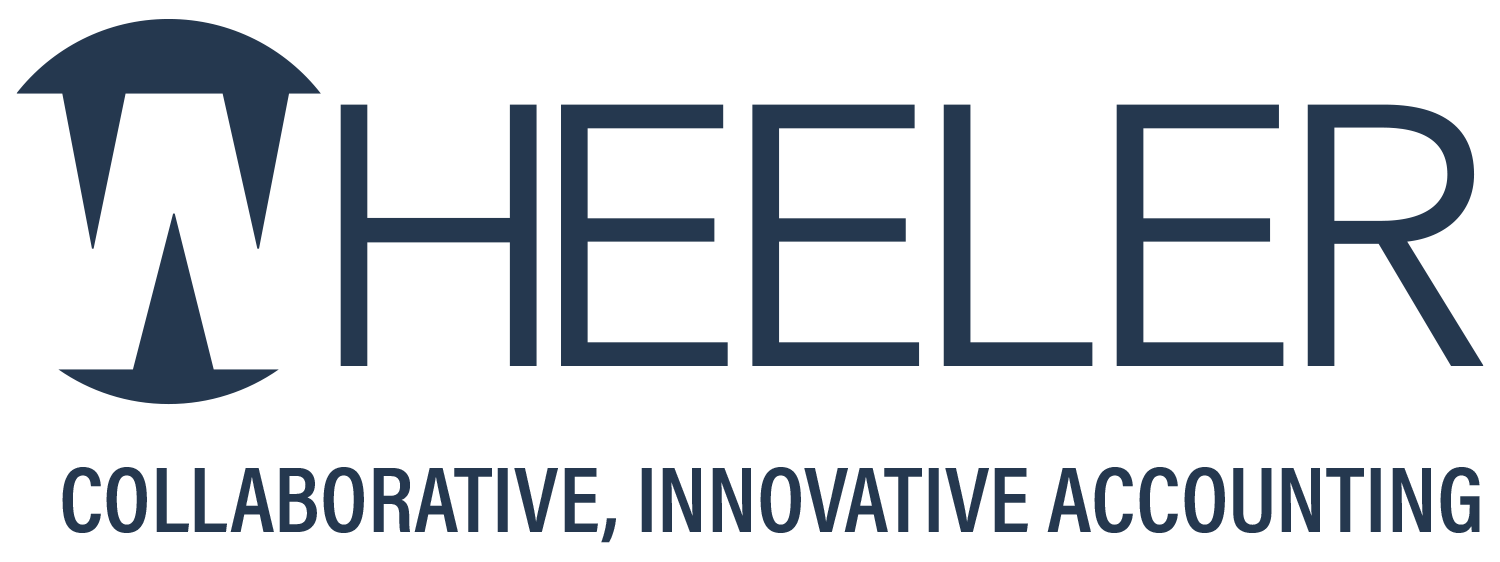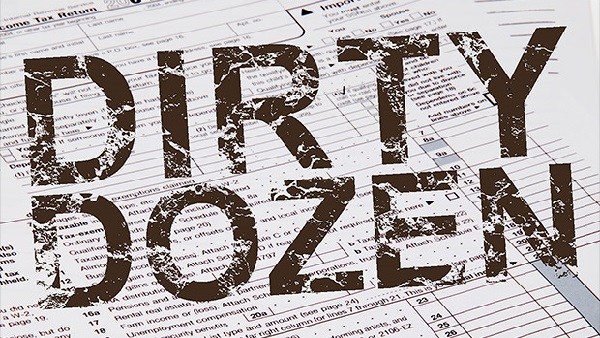The Tax Cuts and Jobs Act made changes to the tax law, including increasing the standard deduction, removing personal exemptions, increasing the child tax credit, limiting or discontinuing certain deductions and changing the tax rates and brackets. As such, a new version of Form W-4, Employee’s Withholding Allowance Certificate, was released on February 28.
Taxpayers with less complex tax situations–single, married couples with only one job, or those who have no dependents, and who have not claimed itemized deductions, adjustments to income or tax credits–might not need to make any changes to their withholding or revise their Forms W-4.
Taxpayers with more complicated financial situations, however, might need to revise their W-4. Among the groups who should check their withholding are:
- Two-income families.
- People with two or more jobs at the same time or who only work for part of the year.
- People with children who claim credits such as the Child Tax Credit.
- People who itemized deductions in 2017.
- People with high incomes and more complex tax returns.
To determine whether changes to withholding should be made for 2018, taxpayers should first check the updated IRS Withholding Calculator to make sure they have the right amount of tax taken out of their paychecks. If a taxpayer needs to fill out a new Form W-4, they should do so and then submit the new Form W-4 to their employer.
The withholding changes do not affect 2017 tax returns due this April. However, having a completed 2017 tax return can help taxpayers work with the Withholding Calculator to determine their proper withholding for 2018 and avoid issues when they file next year.
If you have any questions about the amount you should be withholding on Form W-4, please call our office at 408-252-1800.








 The Bipartisan Budget Act of 2018 (BBA) retroactively extended a number of tax provisions through 2017 for individual taxpayers. Let’s take a look at five of them.
The Bipartisan Budget Act of 2018 (BBA) retroactively extended a number of tax provisions through 2017 for individual taxpayers. Let’s take a look at five of them.








